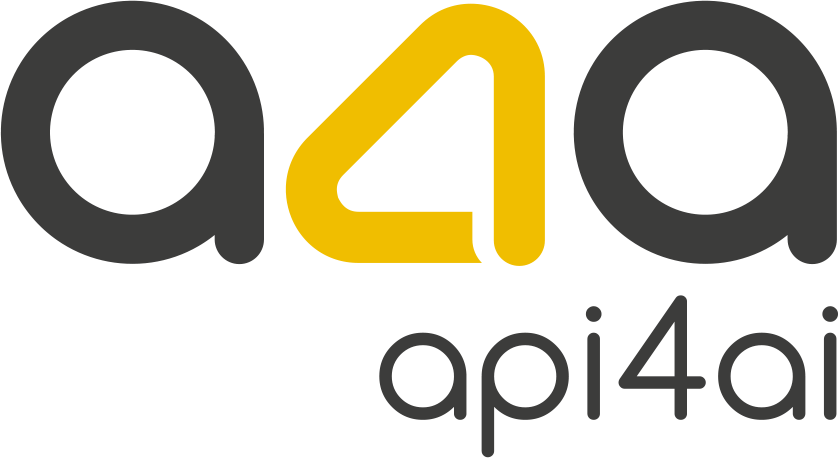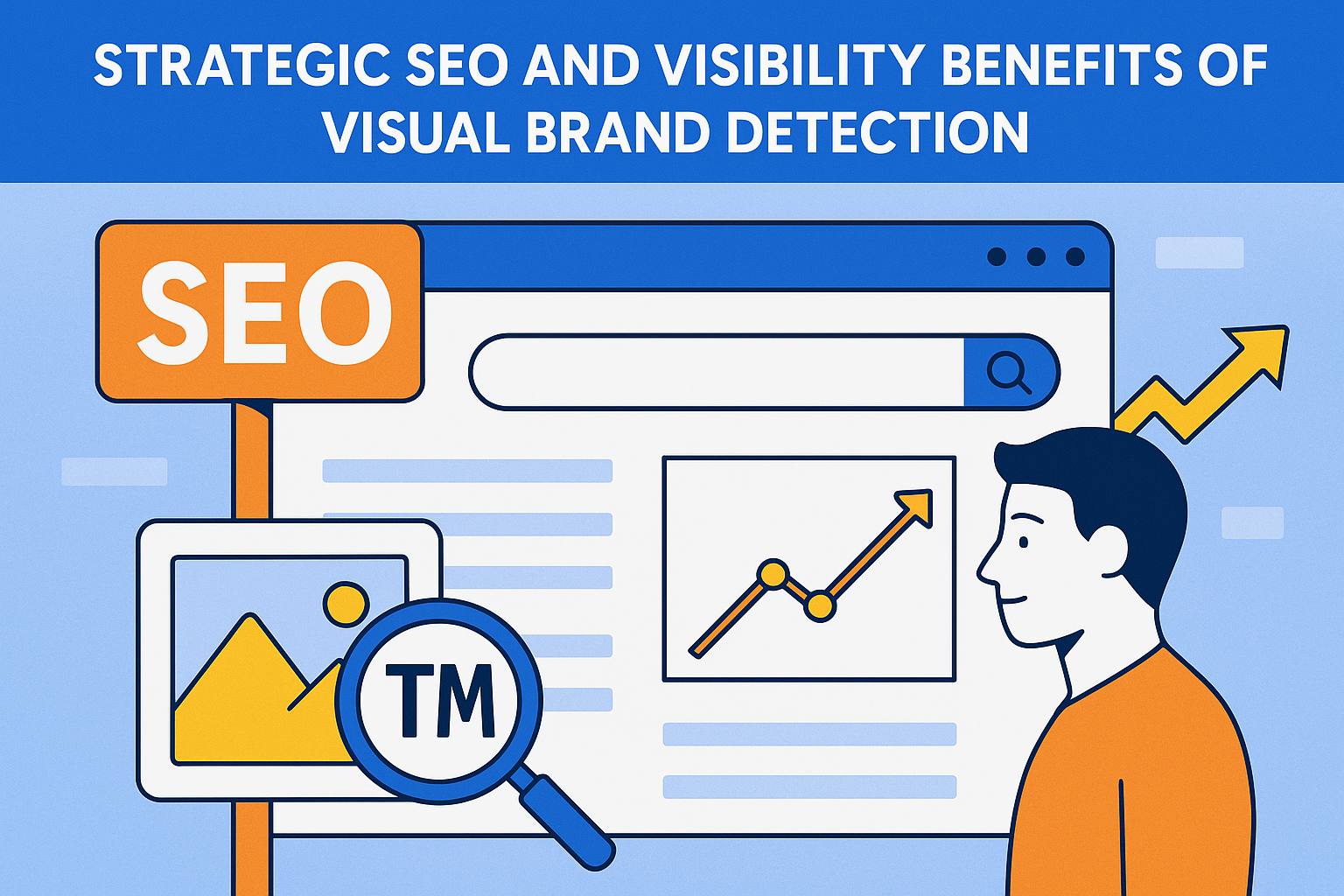Creative Alchemy: AI Sorts by Brand, Fast
Introduction — From Photo Chaos to Creative Focus
Every modern marketing leader faces the same paradox: while campaigns produce more content than ever, teams are spending less time on creativity and more time on administrative sorting. Influencer activations, product seeding programs, and branded collaborations now generate hundreds or even thousands of photos and short videos per campaign cycle. Before any content makes it into a highlight reel or report, someone must ask a simple but costly question: who’s actually wearing our merch, and where does our logo appear?
This manual image review — scrolling through folders, clicking file names, dragging photos into spreadsheets — might appear trivial, but at scale it becomes a major drag on productivity. Entire days are consumed not by strategy or storytelling, but by sorting. The opportunity cost is clear: while competitors are experimenting with bold creative formats and faster campaign turnarounds, your teams risk being buried in repetitive administrative work.
Artificial intelligence changes the equation. Instead of asking humans to visually identify every logo and merchandise placement, AI can automate the task. With brand detection powered by computer vision, campaigns can be organized in minutes, not days. Assets are automatically tagged by brand presence, whether it’s a t-shirt logo, a sneaker design, or product packaging in the background of a fan-generated photo.
For C-Level leaders, the stakes are not just about efficiency. Faster content processing directly translates into quicker insights, sharper reporting for partners, and the agility to pivot creative direction mid-campaign. In an environment where marketing speed equals competitive advantage, automating the “boring work” is not simply operational housekeeping — it is a strategic investment in creative freedom.
This blog explores how AI-powered brand detection transforms photo sorting from a bottleneck into a value driver. By freeing teams from manual review, leaders can reallocate resources toward innovation, narrative design, and campaign optimization — turning routine content management into what we call creative alchemy.
The Hidden Cost of Manual Sorting in Creative Workflows
On the surface, asking a marketing coordinator or agency partner to “sort campaign photos” sounds harmless. Yet beneath this routine task lies a significant and often invisible cost. The volume of content generated by modern campaigns has exploded. A single influencer program might involve dozens of creators, each producing multiple posts across Instagram, TikTok, YouTube, and emerging platforms. Add in fan-generated photos and brand reposts, and it’s not unusual for a campaign to produce hundreds or even thousands of assets within days.
Every one of those assets must be checked: is the logo visible? Is the product worn correctly? Is the placement usable for reporting? Without automation, teams are left with tedious manual review — opening, scrolling, zooming, renaming, and filing. What seems like a small chore for one photo multiplies into days of repetitive work when scaled across entire campaigns.
For C-Level executives, the issue isn’t just wasted time — it’s opportunity cost. Every hour a skilled marketer spends hunting for logos in photos is an hour they are not:
Designing next-generation campaigns,
Negotiating better influencer partnerships,
Generating insights to guide spend allocation, or
Testing creative variations to improve ROI.
This bottleneck creates a ripple effect across the business. Reporting slows down, making it harder to demonstrate campaign value to stakeholders or sponsors. Decision-making lags, leaving less room to adjust creative strategy in real time. Most importantly, creative energy — the most valuable currency in marketing — is drained by administrative tasks instead of fueling innovation.
There is also a reputational dimension. Influencer partnerships are built on speed and momentum. If it takes weeks to sort and analyze campaign visuals, opportunities for amplification are lost. Competitors who act faster capture the conversation, while your brand risks appearing slow, reactive, or disengaged.
The hidden cost of manual sorting, therefore, is not just measured in hours. It is measured in lost agility, missed visibility, and diminished creative output. For leadership, the strategic imperative is clear: remove this friction from workflows so teams can focus on delivering value where it matters most — driving growth, brand equity, and market share.
AI-Powered Brand Detection: Transformers of Efficiency
The friction point of manual photo sorting is tailor-made for automation. Advances in computer vision now allow artificial intelligence to recognize logos, products, and branded elements across thousands of images with speed and accuracy no human team could match. This isn’t science fiction — it’s a proven capability that leading marketing organizations are already weaving into their workflows.
How it works in practice: AI brand detection models are trained to identify visual patterns, even when logos are partially obscured, rotated, or captured in poor lighting. A creator’s selfie at a music festival, a sneaker shot in motion, or product packaging in the corner of a lifestyle photo — all can be detected, tagged, and classified without human review. Within minutes, an entire campaign archive can be organized by brand presence, product category, or even contextual cues like objects in the background.
For C-Level executives, the strategic implications are clear:
Time compression: What once took teams days now takes minutes, enabling faster reporting cycles and quicker decision-making.
Resource optimization: Instead of tying up skilled marketing staff on low-value review, resources can be redirected toward strategy, storytelling, and partner engagement.
Consistency at scale: AI eliminates human error and fatigue, ensuring every logo is captured consistently — an essential factor when reporting to sponsors or calculating earned media value.
Campaign agility: With near-real-time analysis, marketing leaders can adjust creative direction mid-campaign, amplifying what works and cutting what doesn’t.
The beauty of this technology is flexibility. Organizations can start small by adopting ready-to-use tools — such as a Brand Mark and Logo Recognition API that plugs into existing content pipelines — and scale up to more sophisticated, customized solutions tailored to unique brand assets or reporting needs. Combined with complementary capabilities like object detection, image labelling, or even anonymization for compliance, brand detection becomes part of a broader ecosystem of intelligent creative operations.
What emerges is not simply operational efficiency, but a new operating model: marketing teams freed from drudgery and reoriented toward creativity. AI does the sorting; humans do the storytelling. This shift doesn’t just save time — it fundamentally transforms how brands compete in an environment where speed, clarity, and innovation drive market advantage.
Strategic SEO and Visibility Benefits of Visual Brand Detection
Brand visibility is no longer confined to traditional advertising or sponsored placements. In today’s digital landscape, every image shared online — whether by influencers, partners, or everyday customers — can contribute to search visibility, brand authority, and long-term equity. The challenge is ensuring that this visual exposure is not just captured, but leveraged. This is where AI-powered brand detection creates value well beyond operational efficiency.
From pixels to search signals
Search engines and generative AI platforms increasingly rely on structured metadata to understand and surface content. When images are automatically tagged with brand presence, product category, or contextual elements, they become more “searchable”. This translates into stronger performance in visual search engines, richer product knowledge graphs, and better alignment with answer engine optimization (AEO) strategies. In other words, the brand visibility gained in campaign photos doesn’t stay locked in a folder — it becomes a discoverable asset that fuels organic reach.
Boosting branded search and authority
Executives are well aware that branded search volume is a proxy for market strength. Every time a consumer types “YourBrand + sneakers” into Google, it signals both interest and authority. By ensuring campaign photos and influencer posts are systematically tagged, organizations can create a self-reinforcing cycle: more images correctly identified, more visibility in visual and AI-driven search, and ultimately more branded queries driving traffic. This alignment between creative exposure and search demand is a growth lever too often overlooked.
Real-time insights for competitive advantage
Beyond SEO, automated brand detection also helps organizations measure “share of visual attention”. If your logo appears in 500 influencer photos and a competitor’s in 200, that ratio tells a story not just about reach, but about cultural presence. For executives, these insights strengthen reporting to stakeholders, validate sponsorship spend, and provide evidence for shifting budget toward higher-performing channels.
A new layer of discoverability
Perhaps most importantly, AI detection turns every campaign photo into structured data. Instead of being buried in folders, assets are primed for indexing, cross-referencing, and re-use. This positions brands to win not only in Google search, but in the emerging wave of generative discovery engines that are rapidly reshaping how consumers find and evaluate products.
In short, the benefits of visual brand detection extend far beyond productivity. They feed directly into visibility, discoverability, and authority — the very metrics that determine whether a brand thrives in an era where attention is scarce and competition is relentless.
Beyond APIs: Tailored Solutions for Long-Term Competitive Advantage
When considering AI-powered brand detection, executives face an important strategic decision: adopt ready-to-use APIs for rapid deployment, or invest in custom-built solutions tailored to unique brand and operational needs. Each path offers distinct advantages, and the right approach depends on your organization’s scale, complexity, and long-term vision.
Off-the-shelf APIs: Fast, reliable, and low-risk
Ready-to-use brand recognition APIs offer a quick entry point. They can be integrated into existing campaign workflows with minimal engineering effort, immediately automating logo detection, tagging, and cataloging. For many marketing teams, this delivers a near-instant productivity boost at a fraction of the cost of manual labor. Off-the-shelf APIs also scale easily, ensuring consistent performance whether you’re analyzing hundreds or hundreds of thousands of images.
Custom solutions: Precision and defensibility
While APIs solve 80% of use cases, there are scenarios where organizations benefit from a tailored system. Global brands often deal with logo variations, co-branded activations, or highly specific campaign assets that generic models may struggle to recognize. A custom-trained solution can account for these nuances, integrate directly with proprietary reporting dashboards, and extend into adjacent workflows like object detection, OCR, or anonymization. Though it requires upfront investment, a custom solution can deliver higher accuracy, lower long-term operational costs, and create intellectual property that competitors cannot easily replicate.
The strategic ROI lens
For C-Level executives, the real question is not which option is cheaper, but which option aligns with competitive strategy. APIs are ideal for immediate efficiency gains, quick wins in influencer marketing, and proving value in pilot programs. Custom solutions, by contrast, provide sustainable differentiation — transforming brand detection into a proprietary advantage that compounds over time. Both models can coexist: an organization might deploy APIs today to remove bottlenecks, while simultaneously building a roadmap toward a custom solution for mission-critical workflows.
Integration with broader capabilities
It’s also important to view brand detection as part of a wider ecosystem of AI-driven image processing. Tools such as background removal, image anonymization, or object recognition can be layered together to create powerful pipelines — from cleaning raw influencer photos to generating decision-ready reports. The most competitive organizations will not see AI as a point tool, but as a modular stack that continuously evolves with business needs.
In short, the decision is not simply “API versus custom”. It is a matter of aligning technology with business strategy. Leaders who treat AI-powered brand detection as a core capability — rather than a temporary fix — are the ones who will gain both agility in the short term and defensibility in the long term.
Conclusion — Turning Routine Into Strategic Advantage
The story of modern marketing is no longer about scarcity of content — it is about the ability to manage abundance. Campaigns generate more photos, videos, and user-generated moments than any team can reasonably process by hand. Left unmanaged, this flood of content creates hidden costs, slows reporting, and drains creative energy from the very people tasked with shaping a brand’s narrative.
AI-powered brand detection changes that equation. By automatically identifying logos, merchandise, and product placements, it turns routine tasks into a source of strategic insight. Instead of losing days to manual sorting, organizations can compress workflows into minutes, redirect human effort to higher-value creative work, and gain near-real-time visibility into campaign performance.
For C-Level leaders, the payoff extends beyond operational efficiency. Faster processing means stronger agility — campaigns can pivot in real time, sponsorship ROI can be demonstrated with confidence, and creative teams can focus on innovation rather than administration. The SEO and visibility benefits compound this advantage: every AI-tagged image becomes structured data that improves discoverability in search, fuels branded queries, and strengthens authority in the eyes of both customers and algorithms.
Executives today face a strategic choice. Treat brand detection as a tactical fix — or embrace it as part of a broader transformation in how creative assets are managed, measured, and monetized. Off-the-shelf APIs provide immediate wins. Custom solutions, when pursued thoughtfully, build long-term competitive moats. Together, they form a technology foundation that allows brands to act faster, compete sharper, and amplify creative value.
The future belongs to organizations that turn operational friction into creative freedom. In this new reality, AI isn’t just sorting photos — it is enabling marketing teams to reclaim their most precious asset: the time and focus to tell stories that matter. That is the essence of creative alchemy, and it is a capability every brand leader should be planning for today.





